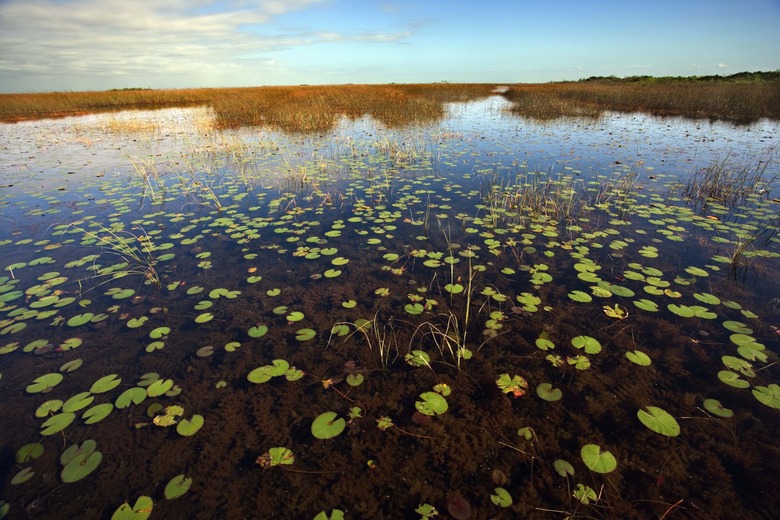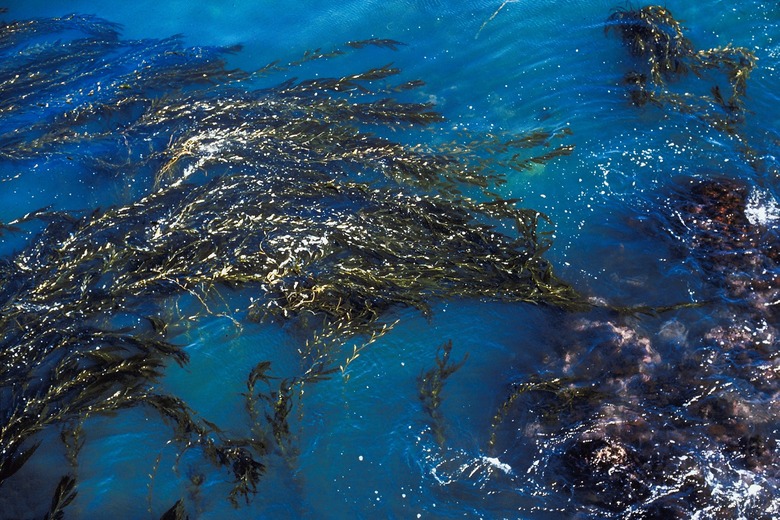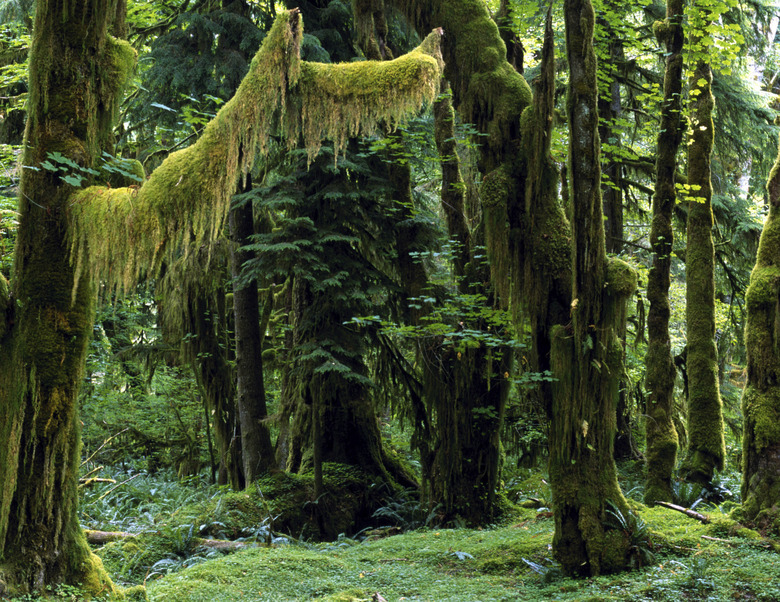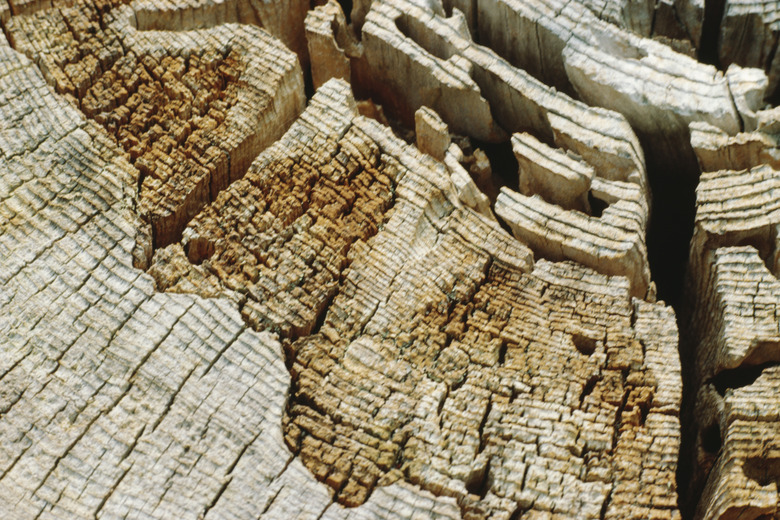Examples Of Natural Ecosystems
An ecosystem is the collection of all the organisms that live in a given space and the abiotic or nonliving environment they interact with. Ecosystems are often structured by the availability of nutrients, the physical constraints the environment imposes on the organisms that inhabit it, and complex relationships between different species in the ecosystem. Earth is home to a vast range of ecosystems.
Kelp Forest
Kelp Forest
Light is plentiful in the uppermost layer of the ocean, but nutrients are often in short supply. Current patterns sometimes bring nutrient-rich water from the depths to the surface in the shallow waters of a continental shelf, creating the right conditions for kelp bed growth. Kelp and other algae use solar energy to synthesize organic compounds through photosynthesis; these organisms in turn support primary consumers such as sea urchins, which feed on the kelp. Primary consumers become food for secondary consumers such as sea otters, which feed on the sea urchins. When consumers, producers and secondary consumers die, they in turn feed decomposers, who break down their remains to release nutrients. Nutrients are recycled within an ecosystem, while energy flows in one direction.
Tropical Rain Forest
Tropical Rain Forest
Tropical rain forests are among the richest and most diverse ecosystems on Earth. In these regions, favorable climate supports an astonishing abundance of plant and animal life. The interactions between different species in a tropical rain forest ecosystem are innumerable and complex. Warmth and moisture ensure a fast rate of decomposition, so nutrients are recycled quickly. Most nutrients in a tropical rain forest are stored in the vegetation, not in the soil, with the curious consequence that—once the vegetation is destroyed—rain forest soil actually turns out to be rather poor. Tropical rain forest is also an example of a biome, a group of similar ecosystems or areas found in a variety of different places.
Rotting Log
Rotting Log
An ecosystem need not be the size of a forest or a desert—in fact, since an ecosystem is merely defined as the community of organisms in an environment and the environment that sustains them, the underside of a rotting log is also an example of an such as ants and carnivores such as salamanders feed on the decomposers and on each other. Again, as with other ecosystems, energy flows through the ecosystem—although in this case the primary source is the remains of the rotting log.
References
- "Essential Environment, The Science Behind the Stories, 2nd Edition"; Jay Withgott and Scott Brennan; 2007
- EduPlace: A Rotting Log Ecosystem
- University of Michigan: The Concept of the Ecosystem
Cite This Article
MLA
Brennan, John. "Examples Of Natural Ecosystems" sciencing.com, https://www.sciencing.com/examples-natural-ecosystems-6940800/. 24 April 2017.
APA
Brennan, John. (2017, April 24). Examples Of Natural Ecosystems. sciencing.com. Retrieved from https://www.sciencing.com/examples-natural-ecosystems-6940800/
Chicago
Brennan, John. Examples Of Natural Ecosystems last modified August 30, 2022. https://www.sciencing.com/examples-natural-ecosystems-6940800/



